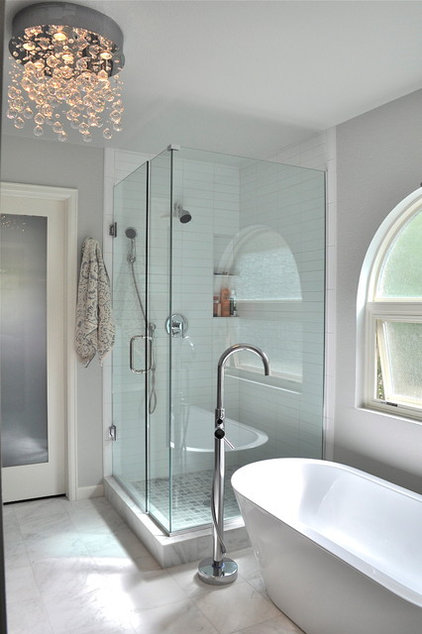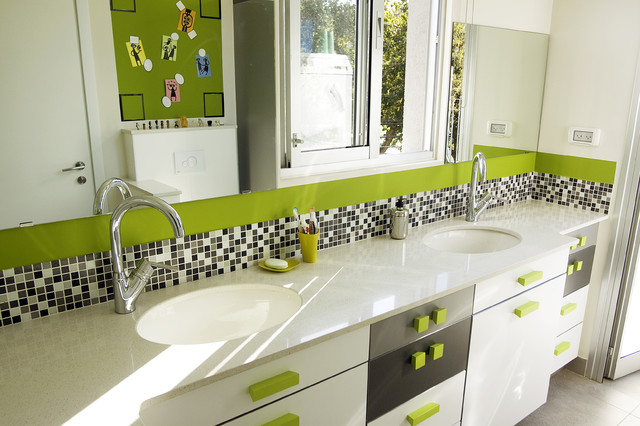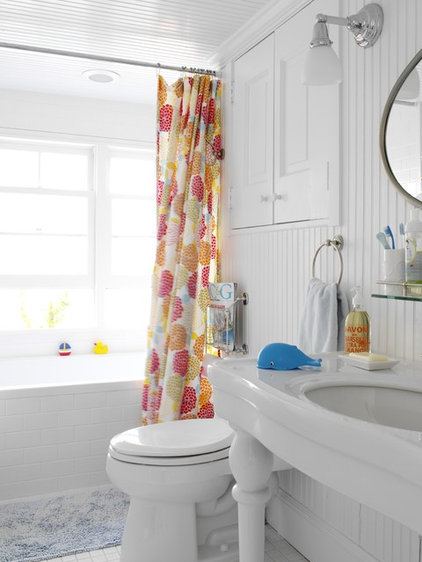
With home prices and mortgage rates as low as they are, a lot of people are eyeing the opportunity to become first-time homebuyers. Unfortunately, many of them are discouraged by a perceived need to come up with a hefty down payment.
It’s true that the free-money days of the housing boom, when virtually anyone could get a mortgage with little or no money down, are long gone. But there are still ways that qualified borrowers can get a mortgage with a small down payment — and qualifying may not be as difficult as you think. In fact, if you know where to look, it’s still quite possible to get a mortgage with no money down — something many lenders will tell you is virtually impossible these days.
Here’s a look at the major options. Note that these options are not affected by the new mortgage rules issued by the Consumer Financial Protection Bureau on Thursday. Those rules set certain standards for borrowers’ financial qualifications for getting a mortgage, but the size of the down payment is not among them.
FHA Mortgage
The FHA is the first place most new homebuyers should look when contemplating a low down payment mortgage. The FHA still requires a down payment of as little as 3.5 percent — with attractive mortgage rates and credit requirements that are fairly generous as well.
The downside of an FHA mortgage is that the fees — actually FHA mortgage insurance — can add up. Currently, borrowers pay a one-time fee of 1.75 percent of the amount borrowed as an upfront mortgage insurance premium at the time they take out the loan. In addition, there’s also an annual insurance premium of 1.20-1.25 percent on 30-year mortgages.
So in the first year, you can be paying nearly as much in mortgage insurance as you paid for a down payment (1.75 percent + 1.25 percent = 3 percent). However, unlike the down payment, you can roll the cost of insurance into the loan, so you’re paying it on a monthly basis over time, rather than having to come up with it all at once, as you would with a down payment.
Interest rates on FHA mortgages also tend to run a bit lower than those on conventional 30-year home loans, which help balance out some of the cost of the insurance premiums. If you had a conventional mortgage with a down payment of 5-10 percent, you’d still have to pay private mortgage insurance (PMI) annual premiums of 0.78-0.90 percent of your loan amount, so the difference isn’t as great as it might look at first.
VA Loans
For veterans and others who qualify, a VA mortgage is hands-down the best deal around when it comes to home loans. It’s not only one of the few places where you can still get a mortgage with no money down, there’s also no requirement for mortgage insurance either, since that cost is picked up by the U.S. government. The interest rates also tend to run lower than on conventional mortgages, because the government is taking on part of the risk.
Generally, VA loans are available to all active duty and honorably discharged members of the armed forces, including the Coast Guard and also members of the National Guard or Reserve who served at least six years. Surviving spouses of service members killed in the line of duty are also eligible.
You do have to pay a funding fee of 2.15 percent of the loan amount if you elect to take out a VA mortgage with no money down. However, that fee can be rolled into the loan amount so you don’t have to pay it upfront. You can also avoid funding fees entirely by making a down payment of at least 3.5 percent.
VA mortgages officially have no minimum credit score requirements but in practice, the private lenders who handle VA loans will require a FICO score of 620 or higher.
Navy Federal Credit Union (NFCU)
Unlike other options on this list, the NFCU is an actual lender, a credit union like many others, that originates mortgages itself. It’s also one of the few lenders that still offers no down payment mortgages on its own initiative.
The membership guidelines for NFCU are similar to the eligibility guidelines for a VA loan, except with some key additions. In addition to being an active duty or retired member of the armed forces, you can also join the NFCU if you’re a civilian employee or contractor working for the Department of Defense or at a DoD installation, including government employees, or if you’re an enlistee or officer candidate.
In addition, you qualify if you’re a family or household member of any of the above. So if your grandfather is a retired Marine receiving an annuity from the DoD, or you have a sibling who’s serving in the Army, you’re eligible.
Of course, like any credit union, you have to join NFCU to obtain a mortgage or other loan through them.
NFCU offices are concentrated in the Washington D.C. area, though they have the capability to originate mortgages nationwide. They also have branches on many military posts, as well as branch offices in nonmilitary locations spread across the country.
USDA mortgage
This is a fairly obscure mortgage product — many people aren’t even aware they exist. But if you don’t have a military connection, it may be your best bet for a no down payment mortgage.
These loans are offered through the U.S. Department of Agriculture’s Office of Rural Development. Technically, these can only be used to buy a home in a rural area. But the definition of “rural” for these loans is pretty generous, and includes many communities that most people would consider suburbs.
The eligibility standards for these loans are more limited than for other government-backed mortgages. They’re only available to people with low to moderate incomes, which is generally defined as 115 percent of your local median income or less. Adjustments for family size can increase this figure quite a bit.
The loan maximums are lower than on FHA or VA mortgages but generally are quite adequate for buying a good starter home in a decent neighborhood. To qualify, applicants must be without adequate housing at the present time, although that can simply mean that your family has outgrown your present apartment.
Borrowers pay an upfront guarantee fee of 2 percent, which can be rolled into the loan amount. There’s also an annual mortgage insurance fee of 0.4 percent, which is billed monthly as part of the mortgage statement. Again, 100 percent financing is allowed.
Funding for the program is limited, so you may have to go on a waiting list before being accepted. To initiate the process and find participating lenders, contact a USDA Rural Development office in your state.
For more information, call 888-838-2177 or email info@lalofts.me
We assist clients in helping them buy and sell in addition to leasing their condo and loft units . Please contact us for all your real estate needs.
David, Ramiro & Erica
LA Loft & Condo Specialists
Call 888-838-2177
info@lalofts.me











